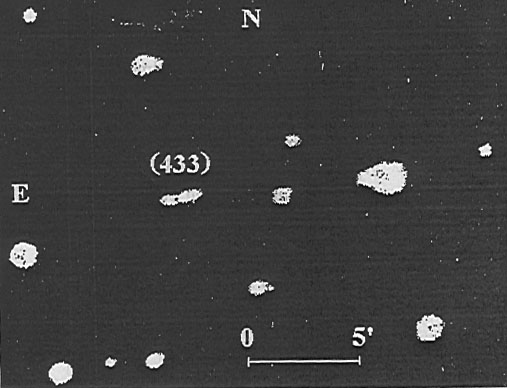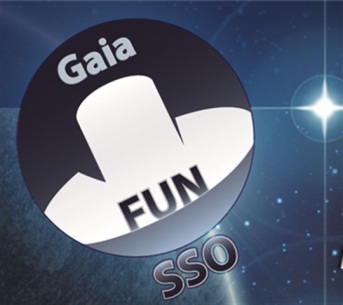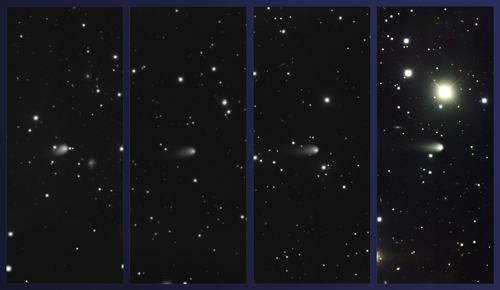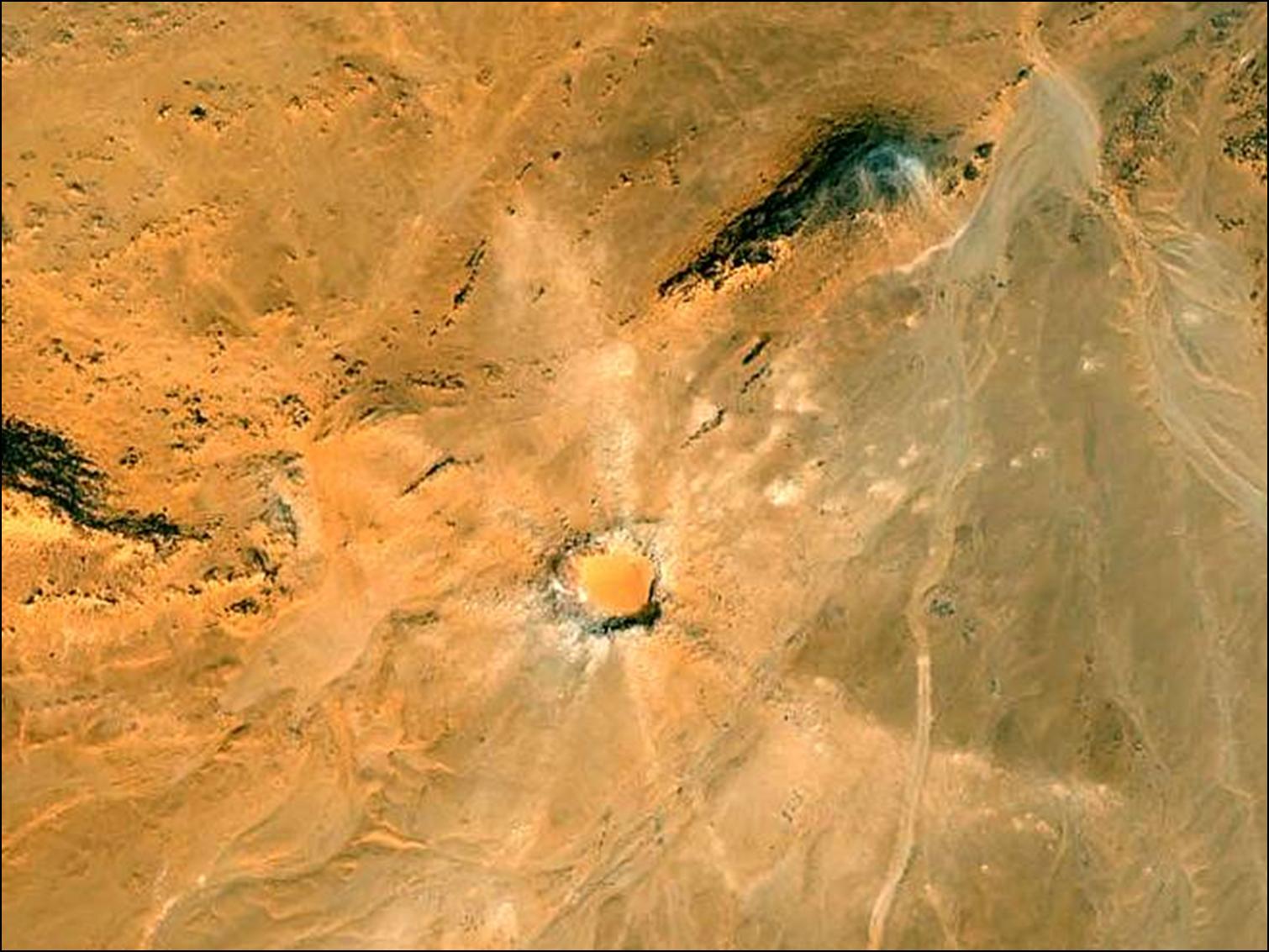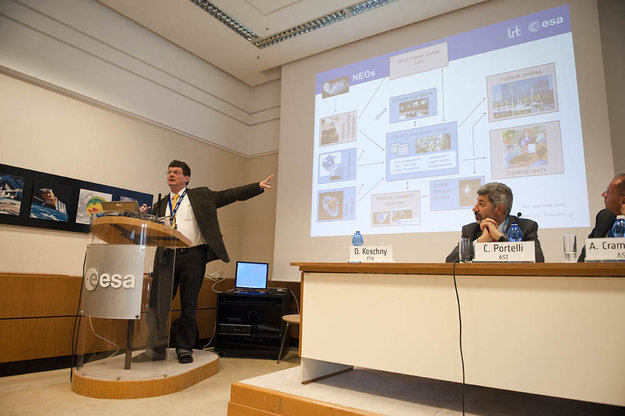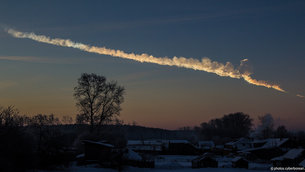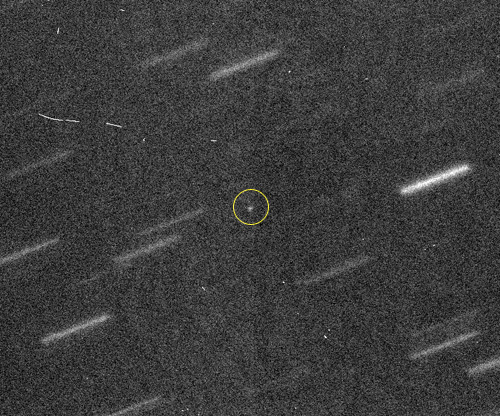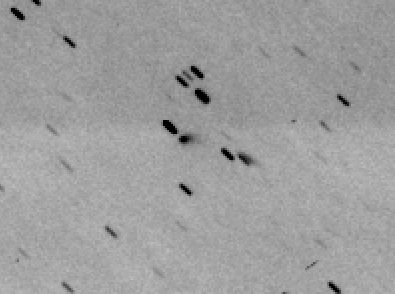Happy birthday, NEAS!
The number of known Near-Earth Asteroids has just overcome 10,000 units! This result represents an important achievement if one thinks that over the one hundred years between 1898 (when the first NEA, 433 Eros was discovered) and 1998 only about 500 NEAs had been found, while the current NEA discovery rate is about 1,000 per year.

